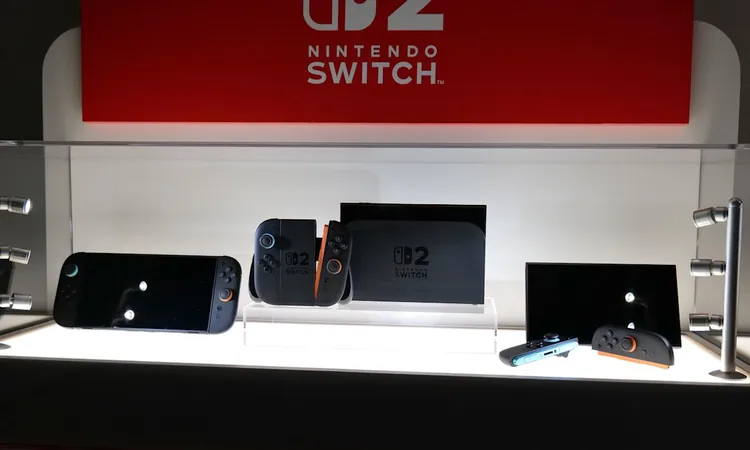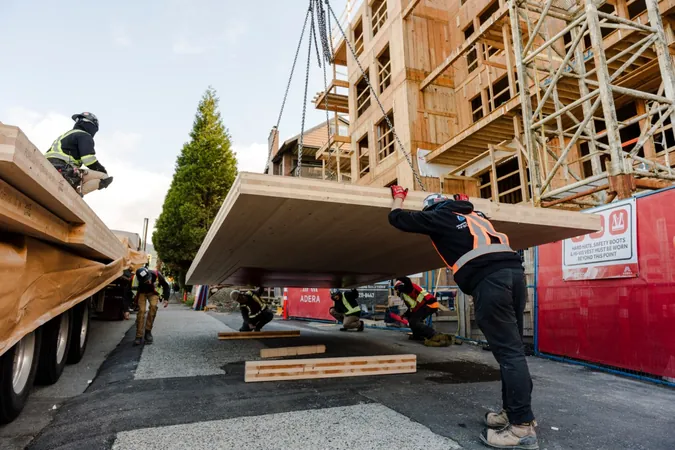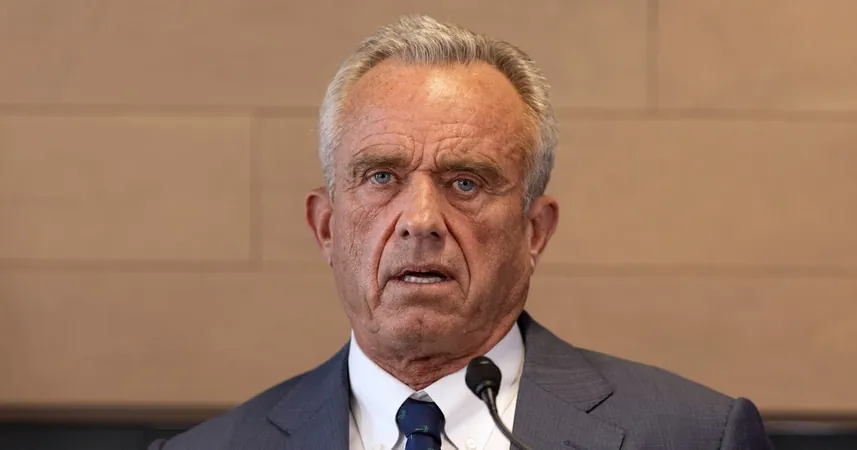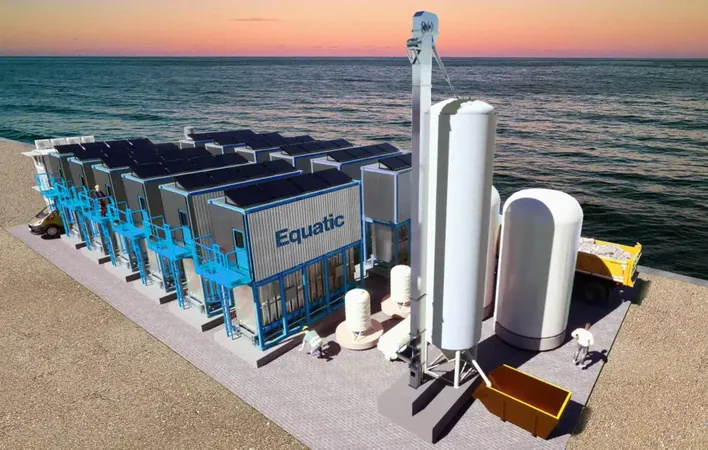
Nintendo's Bold Move: Selling the Switch 2 at a Loss?
2025-04-10
Author: Sophie
The Switch 2: Evolution or Just a Small Upgrade?
Nintendo’s highly anticipated Switch 2 might look familiar, featuring detachable controllers that can double as a mouse, a larger screen, upgraded hardware, and even a built-in microphone for voice chat. But in terms of groundbreaking innovation, the gaming giant isn't straying too far from the winning formula of the original Switch.
Tariffs Looming: A Costly Dilemma for Nintendo
As trade tensions rise, Nintendo finds itself at a crossroads. Recent tariff hikes imposed by the U.S. on imports from China—rising up to a jaw-dropping 125%—have raised the stakes for the Switch 2 launch. Although President Trump has temporarily suspended some tariffs, the 10% levy on goods from other countries is still in play.
Manufacturing Shifts: Vietnam to the Rescue?
To mitigate costs, reports suggest Nintendo is ramping up production in Vietnam, aiming to deliver as many consoles as possible during a 90-day window before tariffs potentially escalate. This push is crucial as the U.S. market represents approximately one-third of Nintendo’s overall sales—a territory they cannot afford to neglect.
Crunching the Numbers: Selling at a Loss?
Financial analysts are predicting that Nintendo might sell the Switch 2 at a loss in the U.S. market. With production costs estimated at around $400 per unit, a 10% tariff would equal roughly $40 per console sold. This could lead Nintendo to absorb the loss just to maintain its market presence. Hideki Yasuda from Toyo Securities stated, "It’s a hit they can absorb, but it still raises eyebrows given their history."
The Competition Gets Tougher
Meanwhile, competitors like Sony may feel more pressure. Most of their PlayStation manufacturing occurs in China, which could force price hikes in the U.S. for the PS5. If Nintendo’s Switch 2 remains priced at $450 amid the tariff challenges, they might have a leg up in comparison.
What This Means for Gamers and the Future
Interestingly, selling at a loss isn’t conventional for Nintendo, which typically relies on software sales to recoup initial console costs. While they’re diversifying with ventures into film and theme parks, the need for a solid base of Switch players remains imperative. If Nintendo indeed chooses to price the Switch 2 below cost, it could be a risky but calculated gamble aimed at solidifying their market position.
Expectations and Speculations Ahead
Should tariffs increase from Vietnam, analysts anticipate a price surge of $50 to $100. This uncertainty suggests that while Nintendo aims for competitive pricing, market conditions might force them into a tough spot. For gamers eyeing the Switch 2, staying tuned to these developments will be essential as this saga unfolds.









 Brasil (PT)
Brasil (PT)
 Canada (EN)
Canada (EN)
 Chile (ES)
Chile (ES)
 Česko (CS)
Česko (CS)
 대한민국 (KO)
대한민국 (KO)
 España (ES)
España (ES)
 France (FR)
France (FR)
 Hong Kong (EN)
Hong Kong (EN)
 Italia (IT)
Italia (IT)
 日本 (JA)
日本 (JA)
 Magyarország (HU)
Magyarország (HU)
 Norge (NO)
Norge (NO)
 Polska (PL)
Polska (PL)
 Schweiz (DE)
Schweiz (DE)
 Singapore (EN)
Singapore (EN)
 Sverige (SV)
Sverige (SV)
 Suomi (FI)
Suomi (FI)
 Türkiye (TR)
Türkiye (TR)
 الإمارات العربية المتحدة (AR)
الإمارات العربية المتحدة (AR)